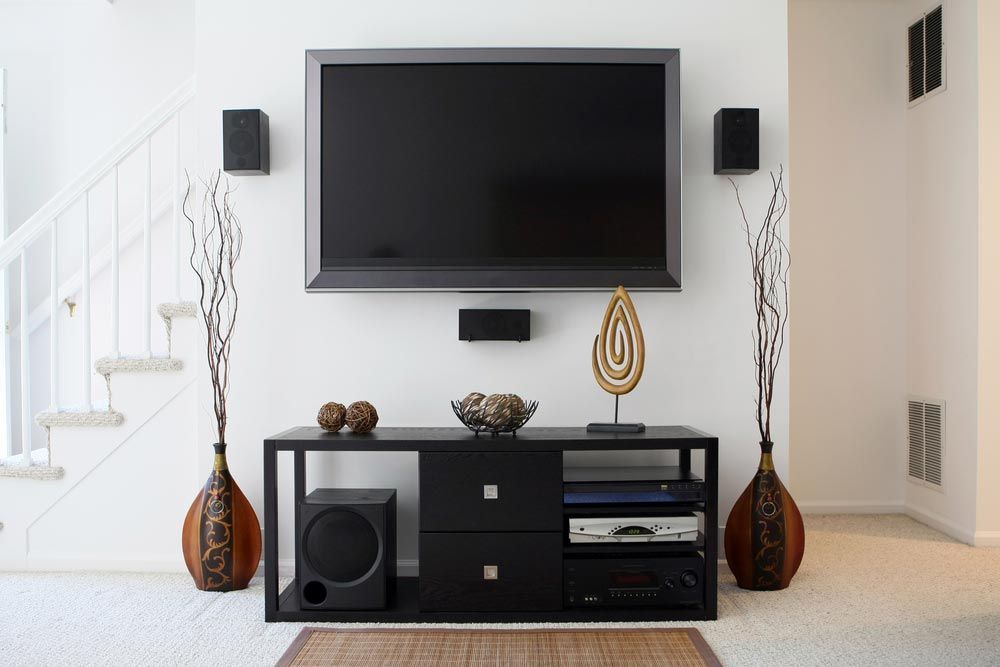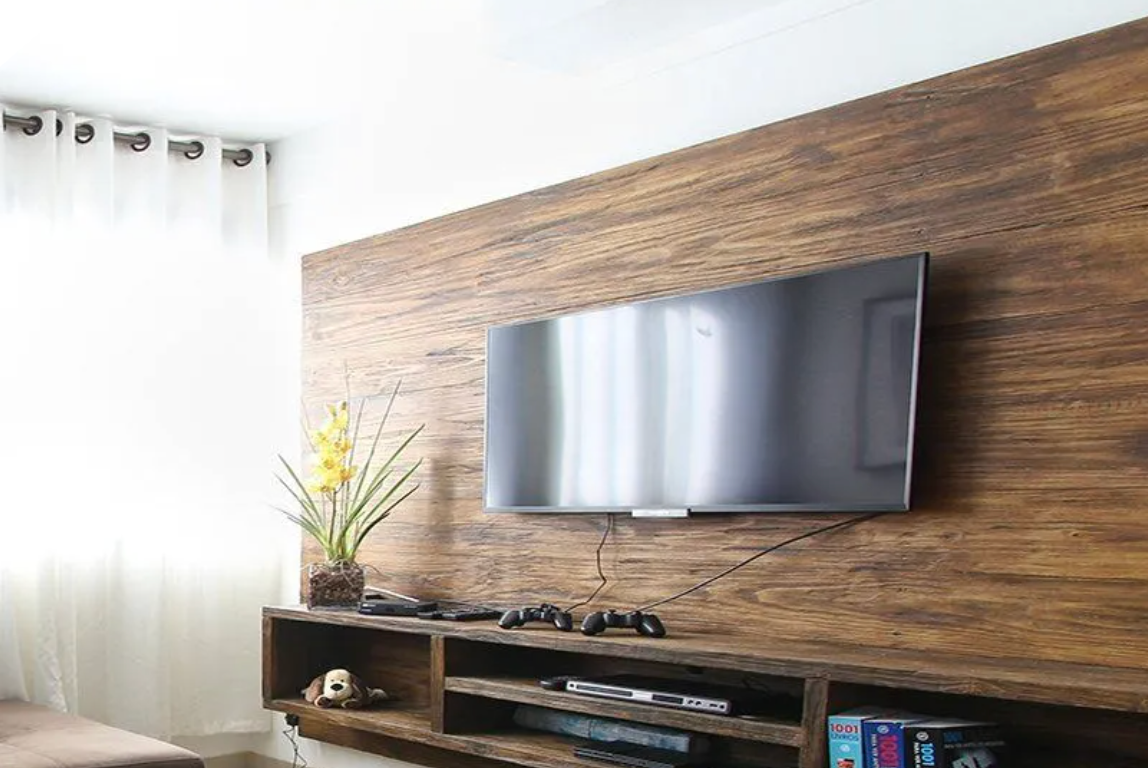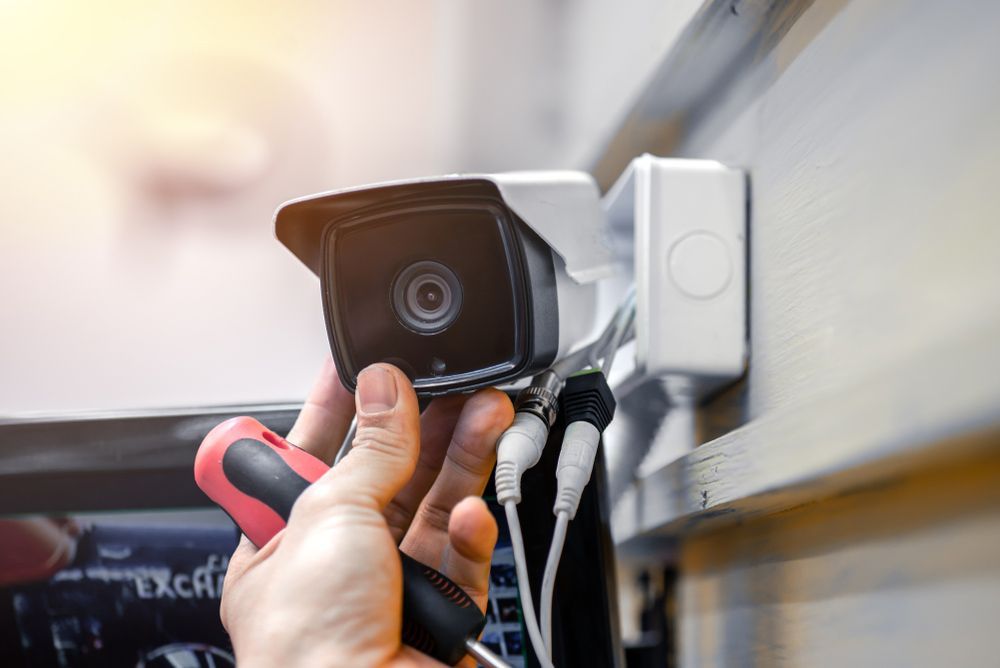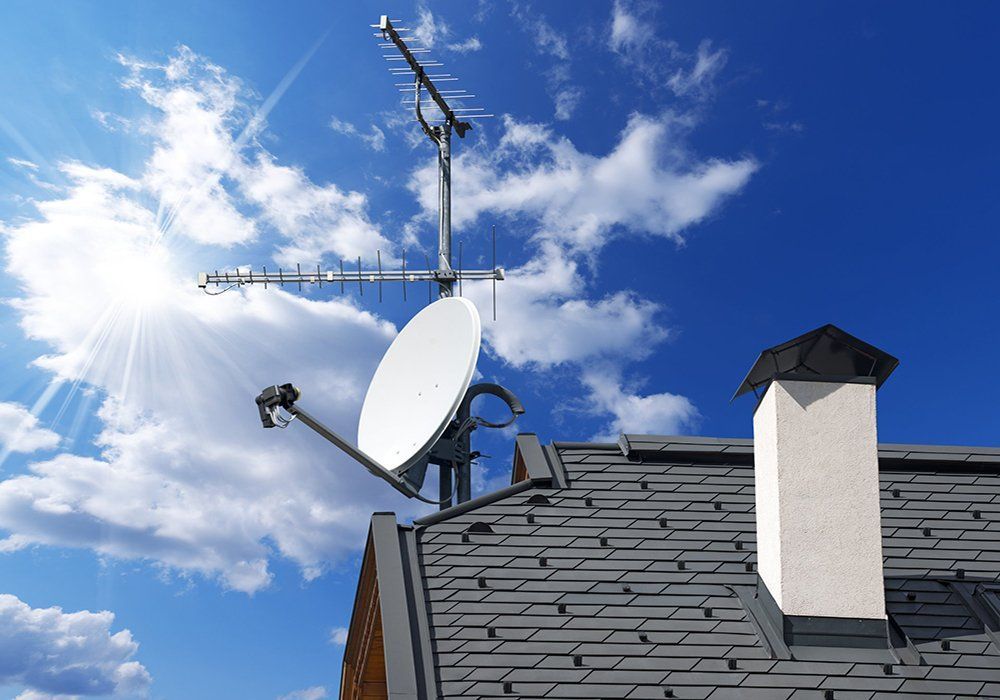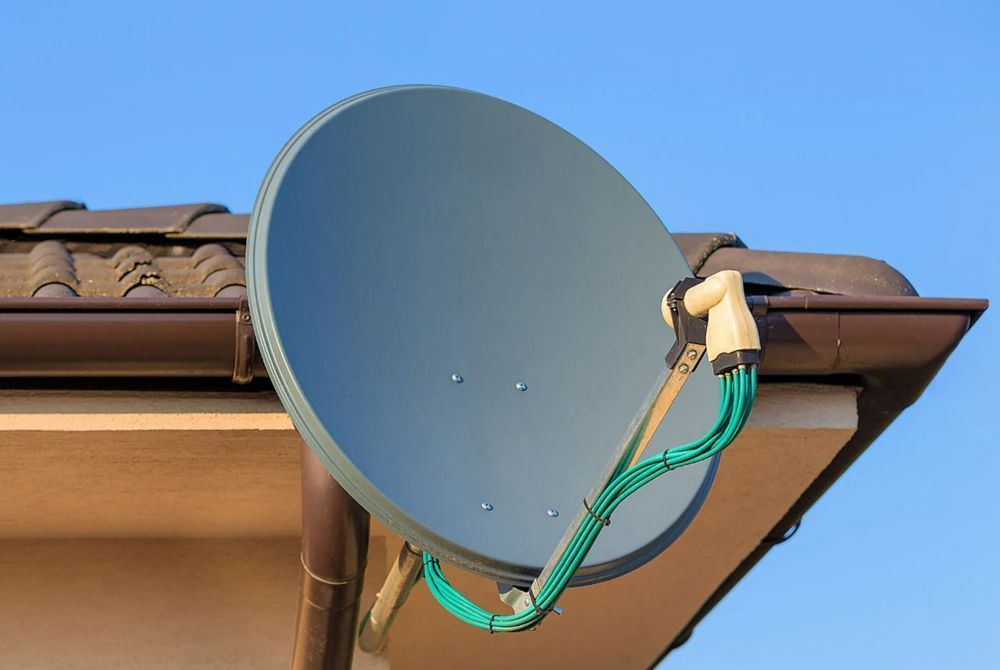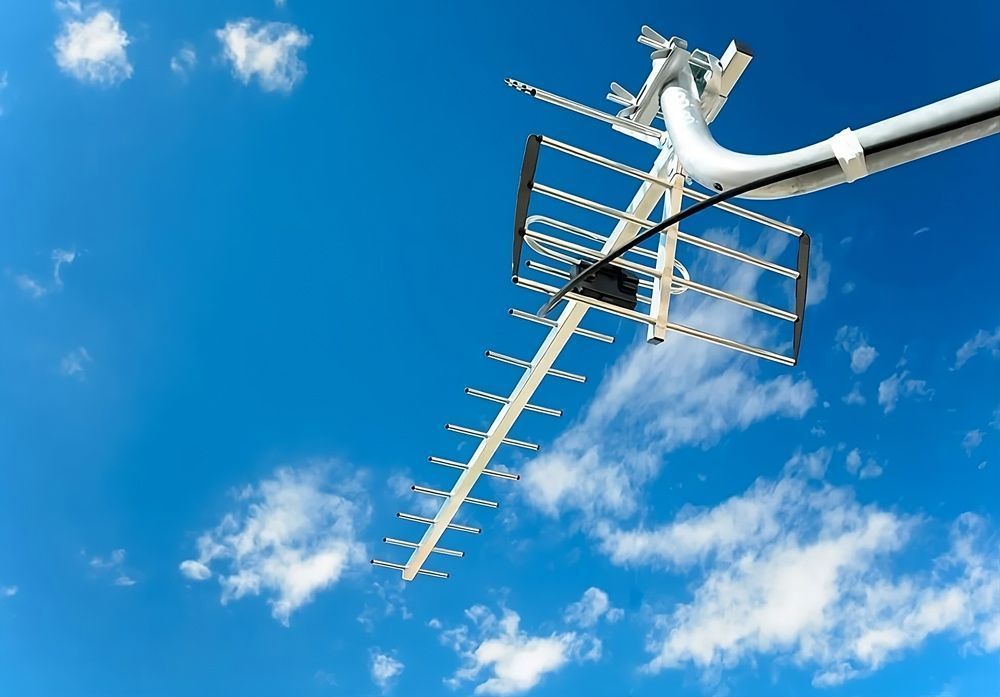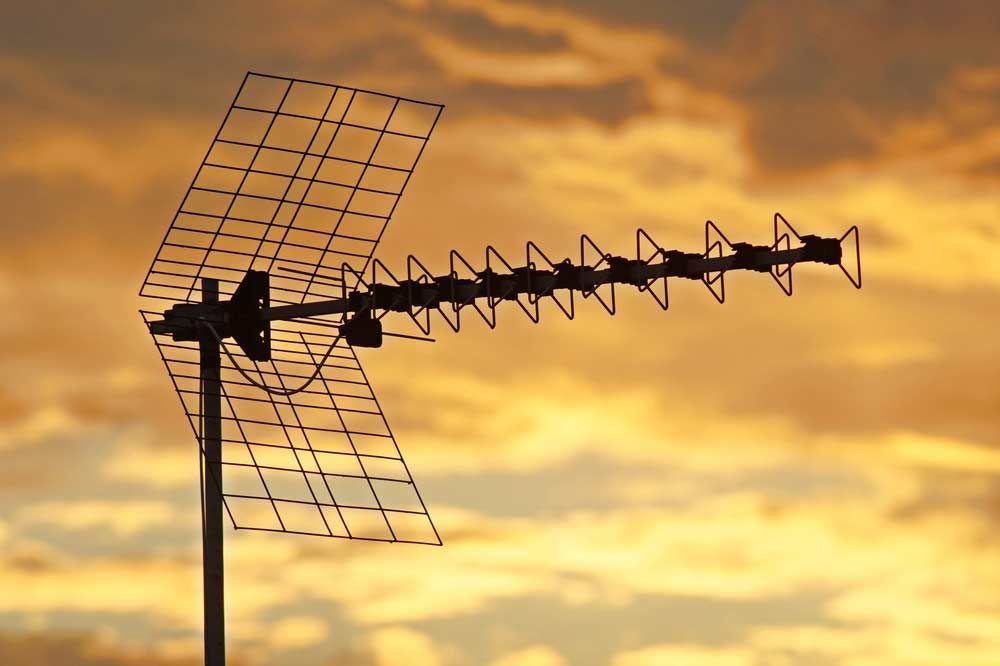Useful Tips For Choosing The Best TV Antenna
As technology continues to evolve, understanding the ins and outs of TV antennas becomes a challenging task. This guide aims to simplify the complexity, delivering insights into how to select an ideal TV antenna.
Evaluating Your Reception Conditions
Determining the reception conditions in your area is the first step. Signals can be affected by various obstacles like buildings, trees and mountains.
- Urban landscapes: With proximity to broadcast towers, urban areas generally enjoy a strong signal. In such locations, an indoor antenna may be sufficient.
- Rural settings: In rural areas, signals may be weaker due to the distance from broadcast towers and potential obstructions. An outdoor antenna, with its stronger range, could be the better option here.
Decoding the Types of Antennas
Understanding the types of antennas is crucial for an informed decision:
- Indoor Antennas: Indoor antennas are a fit for areas with strong signals. They're easy to install and can be easily adjusted, ideal for renters or those looking for straightforward solutions.
- Outdoor Antennas: For areas with weaker signals, an outdoor antenna can be beneficial. These powerful antennas can capture signals from different directions, depending on the model.
- Directional Antennas: These antennas are designed to pick up signals from one specific direction. They provide a greater range but offer limited coverage.
- Omni-Directional Antennas: Offering wider coverage, omni-directional antennas receive signals from all directions. However, the range might be slightly reduced.
Delving into Technical Features
Don't overlook key features when selecting an antenna:
- HD and 4K Compatibility: Modern television broadcasts have moved beyond standard definition. Many channels now offer High Definition (HD) and Ultra High Definition (4K) broadcasts. Ensure your antenna is compatible with these formats to enjoy your favourite shows in the best possible quality.
- VHF and UHF Support: TV stations broadcast over Very High Frequency (VHF) and Ultra High Frequency (UHF) bands. Some antennas are designed to receive one type, while others can receive both. Be sure to choose an antenna that is suitable for the frequencies commonly used by broadcasters in your area.
- Built-in Amplifier: Some antennas come with a built-in amplifier to boost weak signals, thus improving reception.
- Weather Resistance: For outdoor antennas, it's essential to consider the product's durability and resistance to weather conditions.
Time to Upgrade Your Viewing Experience
At A1 Antenna Doctor, we take pride in our quality service. We're here to guide you every step of the way, from choosing the right antenna to ensuring a seamless installation. Let's turn your television viewing dreams into reality. Get in touch with us today!
